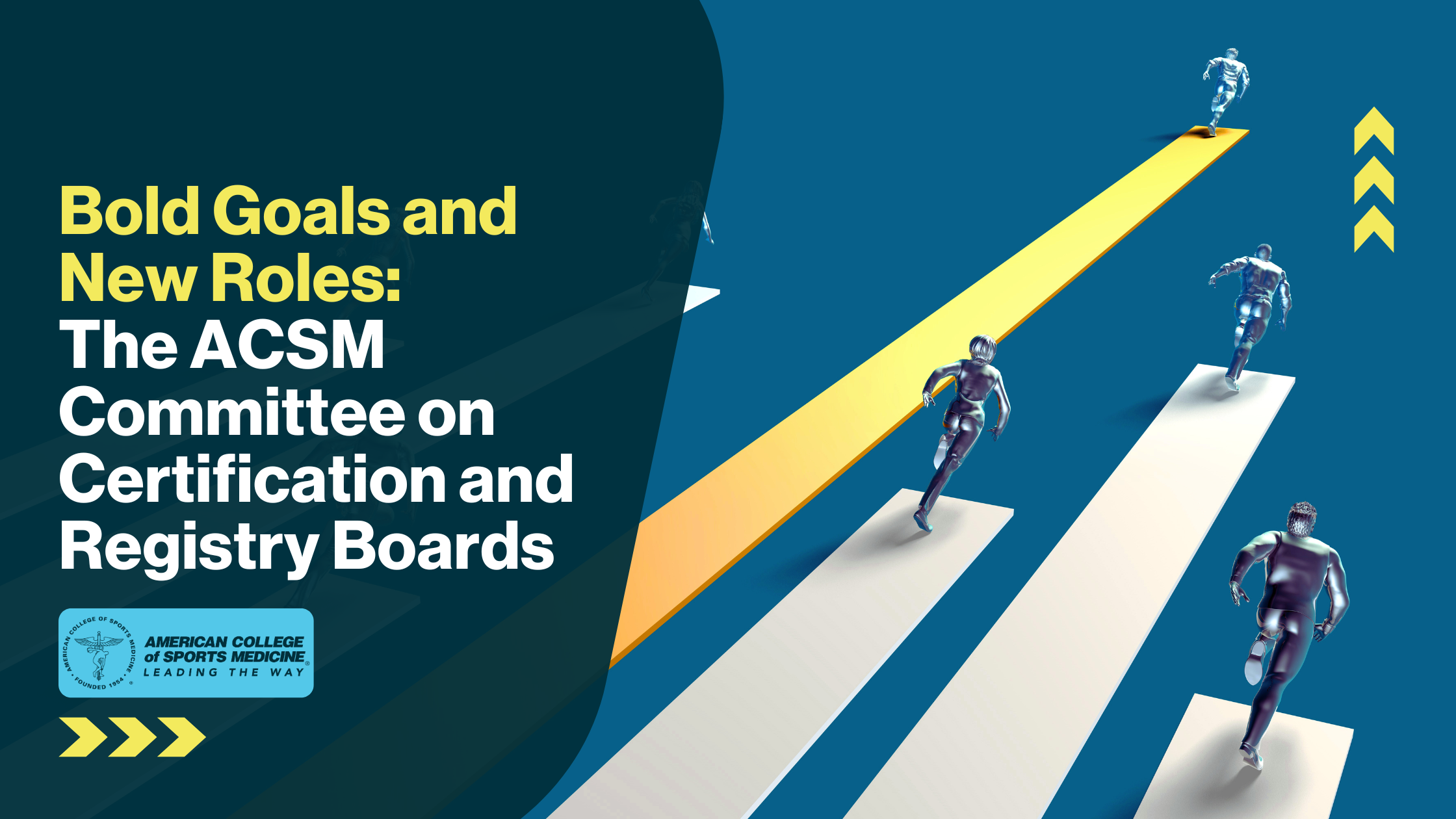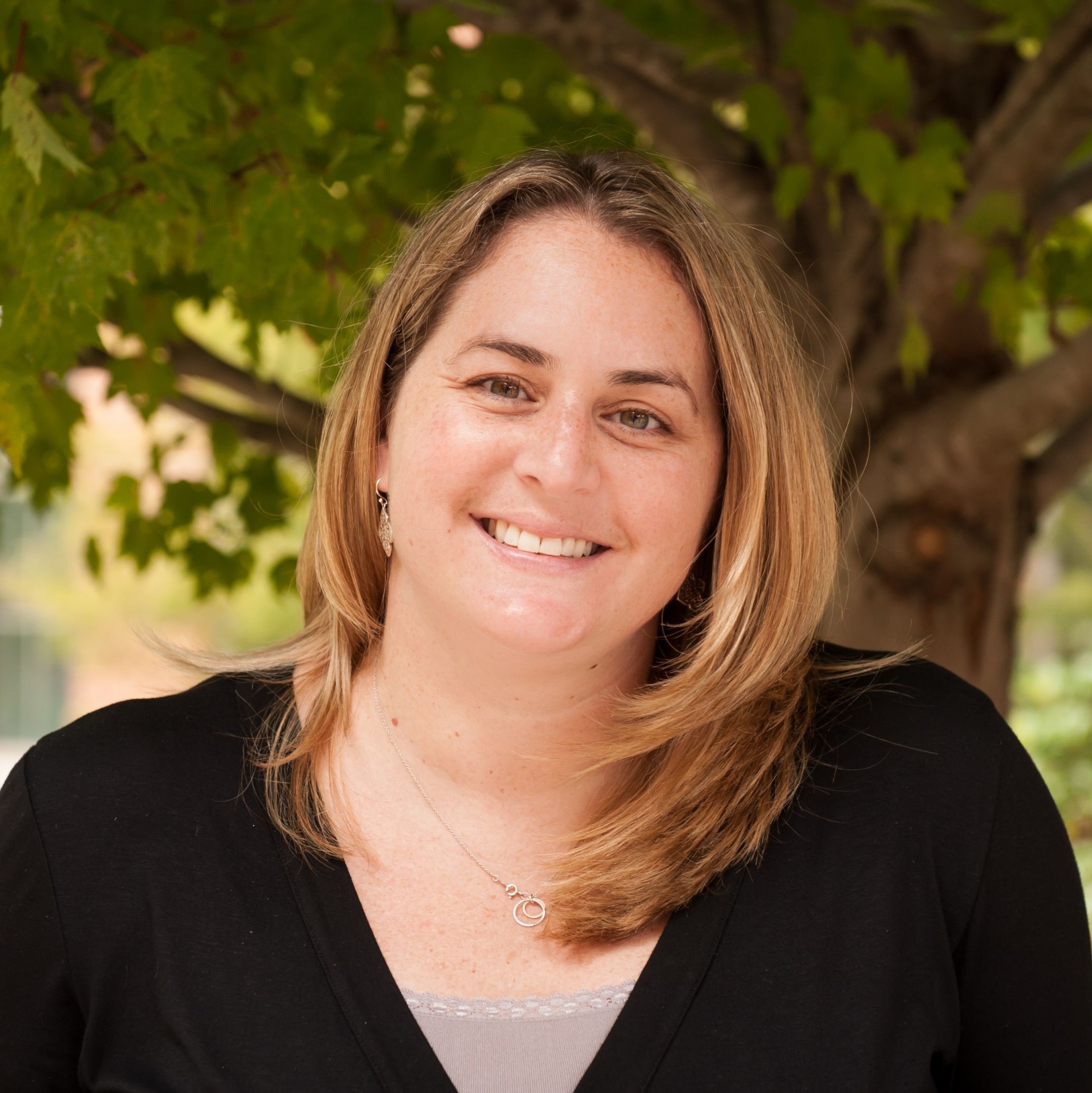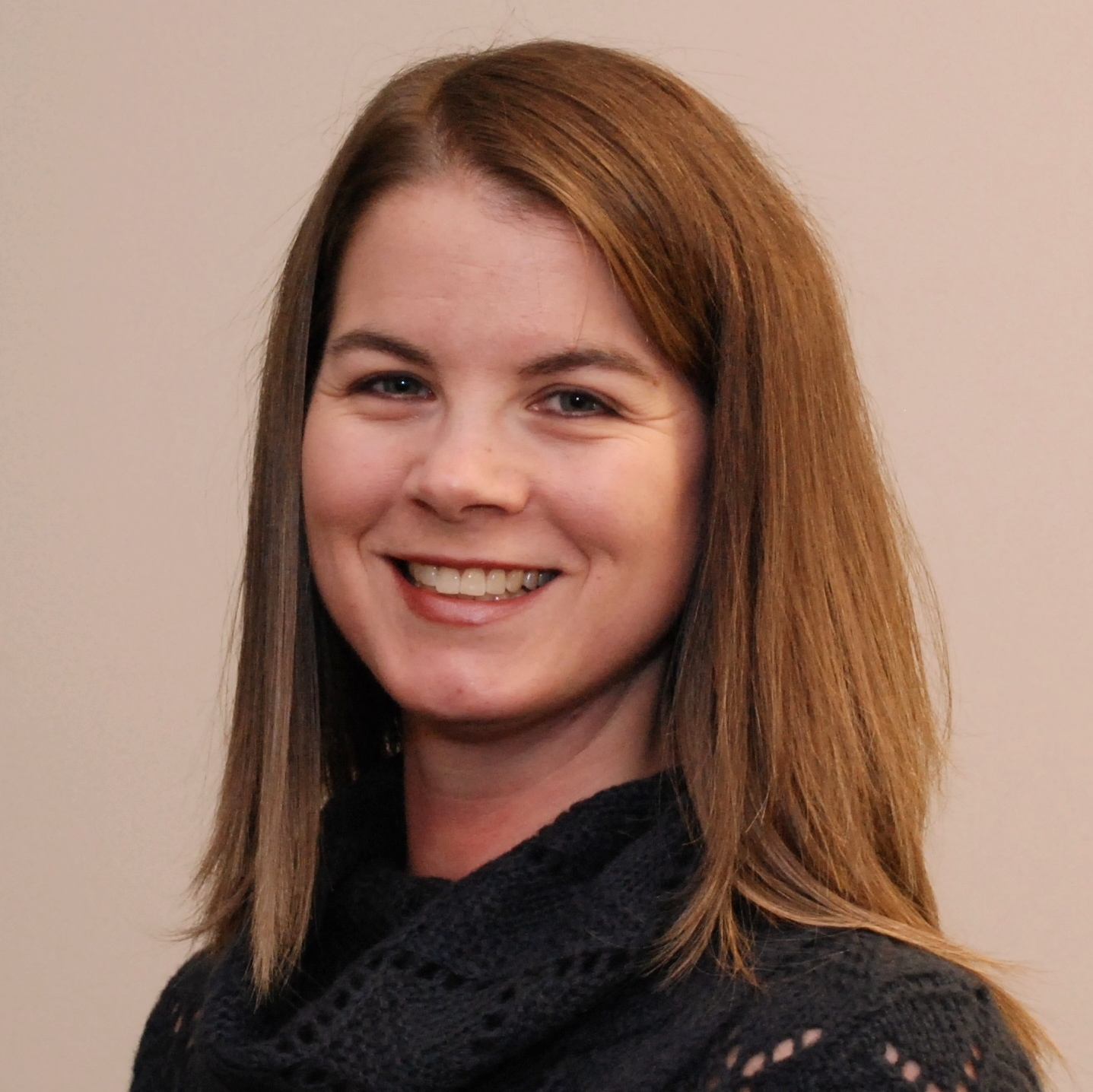by
Greg Margason
| Mar 20, 2024
 Leadership transitions give organizations the opportunity to reflect on their achievements and determine how said achievements make for lasting and impactful change. The American College of Sports Medicine® (ACSM) recently adopted a new and exciting vision, to “extend and enrich lives through the power of movement,” and mission, to “educate and empower professionals to advance the science and practice of health and human performance.” The ACSM Committee on Certification and Registry Boards (CCRB) is committed to supporting the vision and mission of the college by ensuring that ACSM certified exercise professionals have the knowledge, skills and abilities to safely and effectively help people live longer, healthier lives. As a result of their connection to the college, ACSM certified professionals have access to the latest research and the newest developments in the field. Moving science into practice is the hallmark of the ACSM certified professional.
Leadership transitions give organizations the opportunity to reflect on their achievements and determine how said achievements make for lasting and impactful change. The American College of Sports Medicine® (ACSM) recently adopted a new and exciting vision, to “extend and enrich lives through the power of movement,” and mission, to “educate and empower professionals to advance the science and practice of health and human performance.” The ACSM Committee on Certification and Registry Boards (CCRB) is committed to supporting the vision and mission of the college by ensuring that ACSM certified exercise professionals have the knowledge, skills and abilities to safely and effectively help people live longer, healthier lives. As a result of their connection to the college, ACSM certified professionals have access to the latest research and the newest developments in the field. Moving science into practice is the hallmark of the ACSM certified professional.
Over the past three years, the CCRB has actively listened to our stakeholders, including prospective certification candidates, currently certified professionals, faculty members, employers and industry leaders. The invaluable information they’ve shared includes their collective challenges, which has provided us with the opportunity to prioritize our strategies, tactics and actions to ensure that we are best serving those who have invested in ACSM certification.
When ACSM revisited its mission and vision in 2023, it prompted us to likewise engage in strategic planning to ensure our goals for the committee’s future both align with those of our parent organization and support the unique needs of ACSM certified professionals. This engaging and exciting process resulted in the formulation of one goal unique to the CCRB: “Make ACSM the home for prospective and current certified professionals.” We are committed to supporting the development of preparation materials, certification exams and continuing education experiences that enhance the experiences of ACSM certified professionals across their careers.
Our committee found that three other goals adopted by the college also reflected our values. These include efforts to create a compelling customer experience, deliver an ongoing commitment to technology and build a fiscally sustainable organization.
Therefore, the CCRB’s four bold goals provide the roadmap for our future work. The initiatives described below will help us get closer to achieving our newly stated mission: “Advance the credibility and integrity of ACSM certified professionals through career-long development with evidence-based practices to benefit all.”
In 2023, the CCRB created the Employer Advisory Council (EAC), which brought employers together to provide feedback on how ACSM can be a key resource for their employees. Through these meetings, we learned what challenges employers have in hiring exercise professionals, what employees are looking for in certifications and continuing education, barriers that prevent them from obtaining needed continuing education credits, and topics that are relevant to their growth and development. ACSM’s commitment to better serving its professionals through the EAC has helped us identify potential opportunities for collaboration with employers. Similarly, we are working to establish a Faculty Advisory Council that will help us better understand how we can support exercise science faculty and their students, particularly as the latter transition from students to exercise professionals.
Meanwhile, the CCRB’s Continuing Professional Education (CPE) subcommittee has been working diligently to set the policy for recertification and continuing education programs. The subcommittee has developed a new framework for evaluating the applications of new and renewing education providers to better determine if their content is acceptable for the certification program they are applying for. The CCRB acknowledges that our industry is everchanging and that continuing education programs must meet the competencies of our four certification programs; by providing relevant continuing education opportunities, we aim to support our members and certified professionals throughout all levels of their careers.
Crucially, in 2023, ACSM and the CCRB partnered with the IDEA® Health & Fitness Association to produce the 2023 Fitness Industry Compensation Trends Report, which explores compensation benchmarks, regional disparities and the overall importance of certifications and specializations on certified professionals’ compensation, among other insights. Information like this is essential for certified professionals and other members of the industry who want to understand how the certification and continuing education choices they make impact their future financial and career success. ACSM members can view the report for free.
The CCRB will also continue to work on other initiatives, including an investment in our website to create a more user-friendly experience, using our association management system to collect valuable data that will be used to further advance our mission and working with our partners on all areas of our strategic plan.
We look forward to the work ahead of us as we support and advance the efforts of our members and certified professionals.

Christie L. Ward-Ritacco, Ph.D., FACSM, ACSM-EP, EIM, is an associate professor and graduate program director in the Department of Kinesiology at the University of Rhode Island. Dr. Ward-Ritacco is the immediate past chair of the ACSM Committee on Certification and Registry Boards (CCRB) and is actively working with an ACSM task force pursuing recognition and reimbursement for exercise professionals as qualified health care providers.

Lauren Korzan, M.A., ACSM-EP, ACSM-GEI is the Southeast Regional Program Manager for Aquila, overseeing a large multi-site fitness program in Atlanta, as well as providing remote management and support for additional fitness programs in the Southeast region. With over 20 years of fitness management experience, she is responsible for all aspects of fitness center operations, staff development, and fitness and wellness programming. Lauren is the chair of ACSM’s Committee on Certification and Registry Boards and serves on a variety of ACSM committees, including the International Health and Fitness Summit Planning Committee and the Strategic Planning Committee. In her free time, she enjoys reading, teaching group fitness classes, and spending time with her husband and daughter.